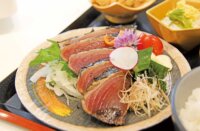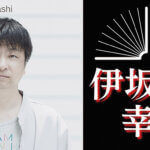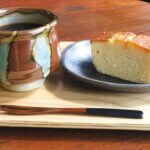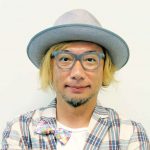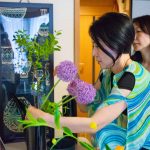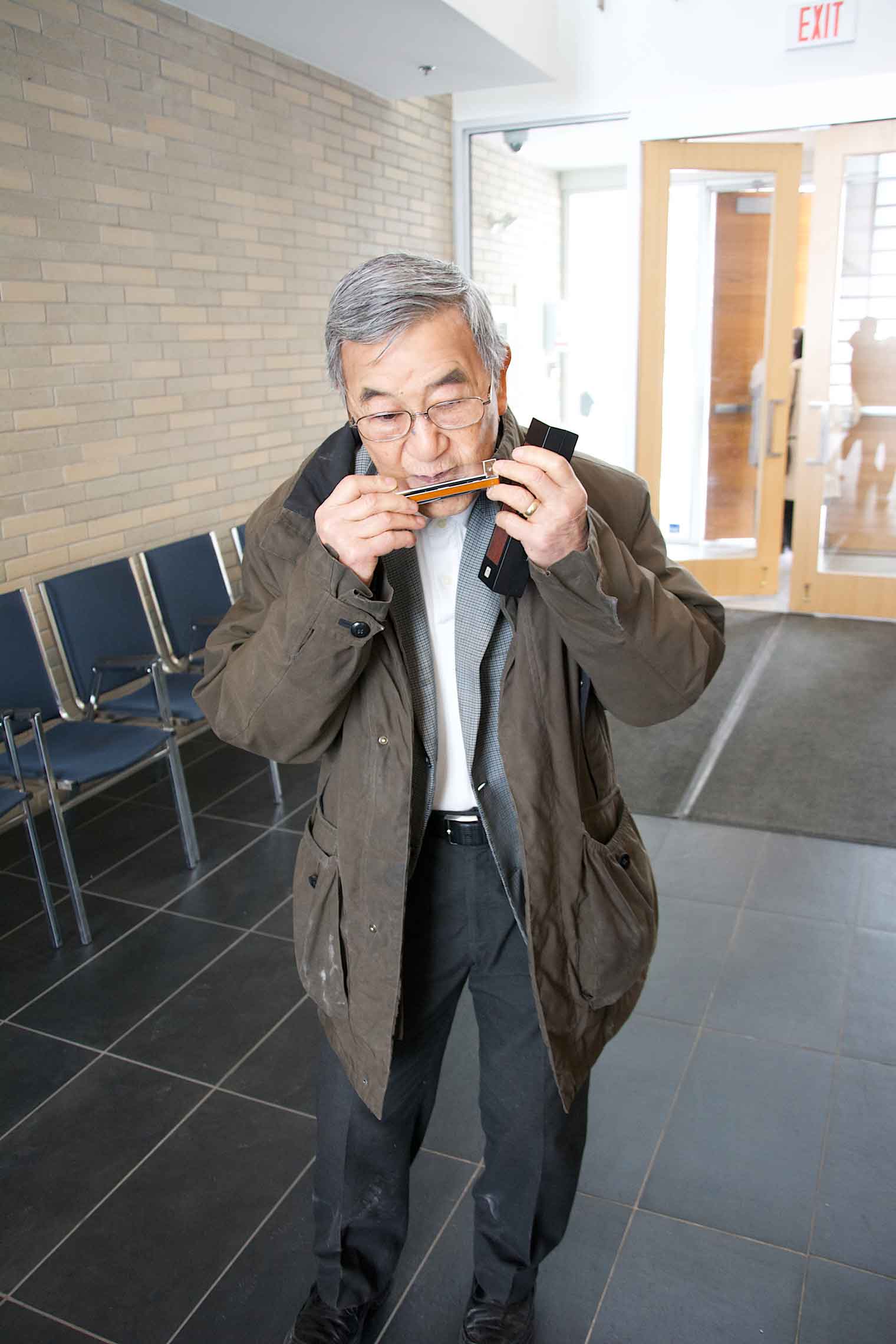
Sid Kiyoshi Ikeda’s maternal grandfather came to Canada in 1895. He wanted to explore “other horizons”. On the boat from Japan, his grandfather met his grandmother and they lived in New Westminster, BC, had eight children and owned a retail and rental business. Sid’s mother was born in 1907, the fourth child of the Nishijima family. She married Sid’s father, who came to Canada in the early 1920s. Sid’s father was asked to go to Canada because of the opportunity to make more money. In the late 20s, they met and had seven children.
I was first introduced to Sid through Professor Richard Fung from OCAD University, one of the most prominent figures in the Asian queer community in Canada. He suggested that I meet Sid, as I was conducting a research on Chinatown and its history, and Sid mentioned to Richard there were Japanese businesses in Chinatown back in the forties.
The Bombing of Pearl Harbor was the beginning of turmoil for the Japanese Canadians, who immigrated to Canada. Fathers and older persons were taken away to camps by the Government forces. Business, homes, and belongings were confiscated and sold for next to nothing.
“We were allowed only one suitcase of goods to take with us,” said Sid. “We were first taken into Hastings Park a horse racing stable and had to wait until homes were built to house our family in an Internment Camp.”
In 1942, Sid’s family moved to Tashme an Internment Camp near Hope BC. “My father joined the family in the fall of 1942 and passed away suddenly on November 15th, 1943 leaving my mother pregnant with her 7th baby. We lived in tarpaper wood frame houses with outdoor facilities, and we bathed in a community bathhouse. 2,500 people were living at this location.”
Near the end of the war, Japanese Canadians had to option to sign the papers to return to Japan. “In 1944, our uncle, who was living in Toronto, told us not to sign the paper. So, we moved to Roseberry on Slocan Lake and two months later, moved to New Denver just four miles away from Roseberry. When the war was over in 1945, Tashme became a depot for people wanting to return to Japan. And in May 1947, we moved to Toronto and lived on St. Paul Street in Cabbage Town, where I attended Park School and Dixon Hall, located at Sumach and Queen. And in 1952, we bought a house at 115 Russet Avenue.
That is how Sid Kiyoshi Ikeda came to be living here in Toronto.
*
He picked my partner and me up outside our condo in a humble white car. The car seats were clean and the weather that morning was tranquil with a few gusts of wind. “It’s nice to meet you,” he said to me with a friendly smile on his face. He drives with swift movements while talking about running marathons. “I can only do about one kilometer now,” he said.
I am twenty-four and have never even thought of running a marathon. Of course, I didn’t tell him that. He never once spoke of the countless awards he’s won or the many prestigious positions he held (or still holds) for various charities. Instead, he talked to me about washing dishes when he was young, how he attended school at night to become an engineer and how he sold papers during his time attending public school to provide for his family.
“I was born on October 11th, 1934 in Vancouver, the third eldest and third son,” Sid told me over a warm bowl of yaka-mein. I had never heard of yaka-mein, had just learned that it actually originates from America and is served at many Creole and Chinese restaurants in New Orleans. Sid ordered us each a bowl yaka-mein and showed us how to eat it. “We never had wasabi. So, we would mix mustard and soy sauce. Close enough, right?” He mixed the mustard and soy cause in the plate and dipped in it, the yaka-mein along with the chop suey served on top—authentically Asian-Canadian. We did the same and I decided that will visit this place again.
Sid married his wife, Marie Shoji, in 1960. They have two children, David and Laurie. Their young daughter, Carole, unfortunately, passed away suddenly, in 1982. “We are grateful for the eleven years we had with her.”.
Sid maintained a positive attitude towards life. After his retirement, he established his own business: Ikeda Consultant Company, to consult on matters related to public relations. His hard work and kind heart earned him numerous awards. He volunteered for and gave his time to, amongst many minority groups, the Japanese Canadian community. Over the past fifteen years, he was involved with many religious organizations to “promote harmony”. He also sat on the board of countless cultural organizations and was awarded, to name a few, the Canadian Caring Award presented by the Governor General of Canada, the Order of the Rising Sun, Gold and Silver Rays from the Emperor of Japan, an Ontario Heritage Award, as well as Queen Elizabeth 11 Diamond Jubilee Medal 2012.
“Hey Sid,” said the owners of the restaurant. “we need to tell you that…we’re closing the restaurant next year.”
I looked across the room and a white couple—probably in their forties—the only other customers there at the time—turned their heads towards us.
“The Sea Hi Famous Chinese Restaurant, which used to be in Chinatown (now in North York), has been around for more than 80 years,” I remembered Sid telling me, on the ride to lunch.
Sid slowly turned his head towards the owners. “Congratulations!” said Sid, which caught me off guard. “That’s a big step,” Sid continued, “You can finally spend more time with your family and do what you like!”
Sid Ikeda has been and is definitely enjoying his retired life. His words seemed to have reassured the owners’ decision and gentle smiles appeared on their faces. Since his retirement, Sid accomplished many things, served the community, helped many and seems to be living life to the fullest. I hoped others, including this Chinese couple with gentles smiles, could do the same.




